Horrors of October 4: Historian speaks about Chulpan’s execution, repression of jadids
“They turned on the engine so that residents living in the vicinity would not hear the sound of gunshots, the prisoners were shot from evening to morning, and they were all buried in one pit. No funerals were held for them...”
82 years ago, a huge crime was committed against the Uzbek nation – on October 4, 1938, prominent intellectuals of their time – jadids became victims of the repression machine of the Soviet system. They were accused of opposing the ruling regime and sentenced to death as “enemies of the people”. All this was carried out on the basis of falsified documents, coerced testimony and without a court order.
Historian Bakhrom Irzayev told about the foundations of the Jadid movement (jadidism), their persecution, the horror of the repression machine.
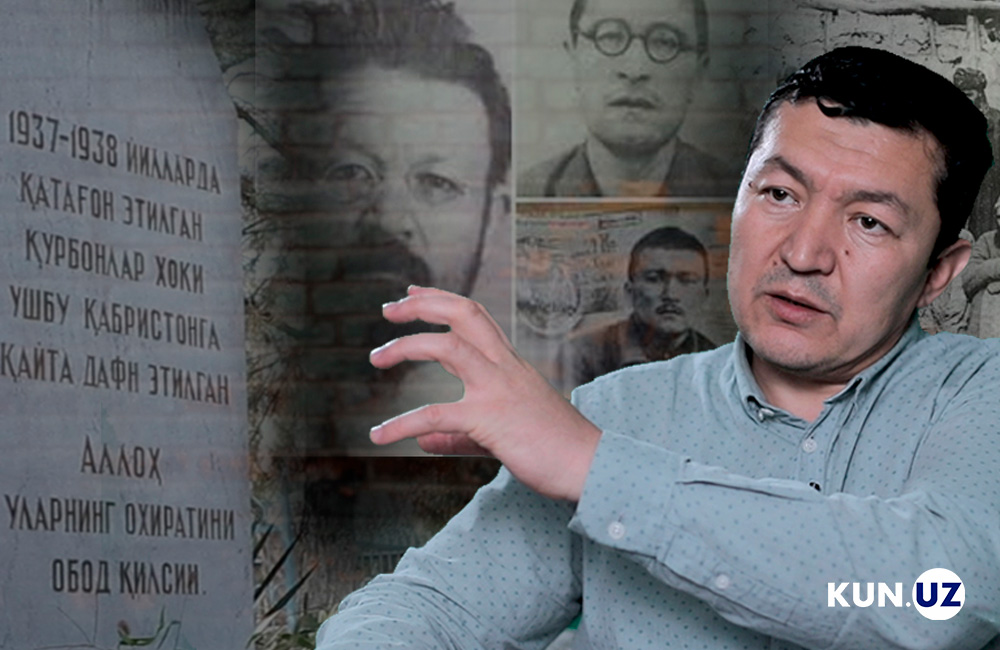
Jadidism goals and leaders
- Crimean-Tatar educator Ismail Gasprinsky has made great contributions to the spread of Jadidism in Turkestan. There were only a few people who started this movement in Turkestan – Mahmudhoja Behbudi in Samarkand, Munavvarqori Abdurashidkhanov in Tashkent, Abdurauf Fitrat in Bukhara, but by 1918, thousands of people with such ideas appeared in all cities and villages of the country.
At the beginning of 1920, all the innovations in the social life of Turkestan appeared under the influence of moderns. Through press, school, education, theater, etc., they were able to create a new wave. The Jadids aimed to teach worldly sciences along with religion in the school, which was the foundation of their movement. They educated a number of young people, organized charitable societies and arranged their sending to educational institutions in Orenburg, Ufa, Turkey, Germany, Egypt and Japan.
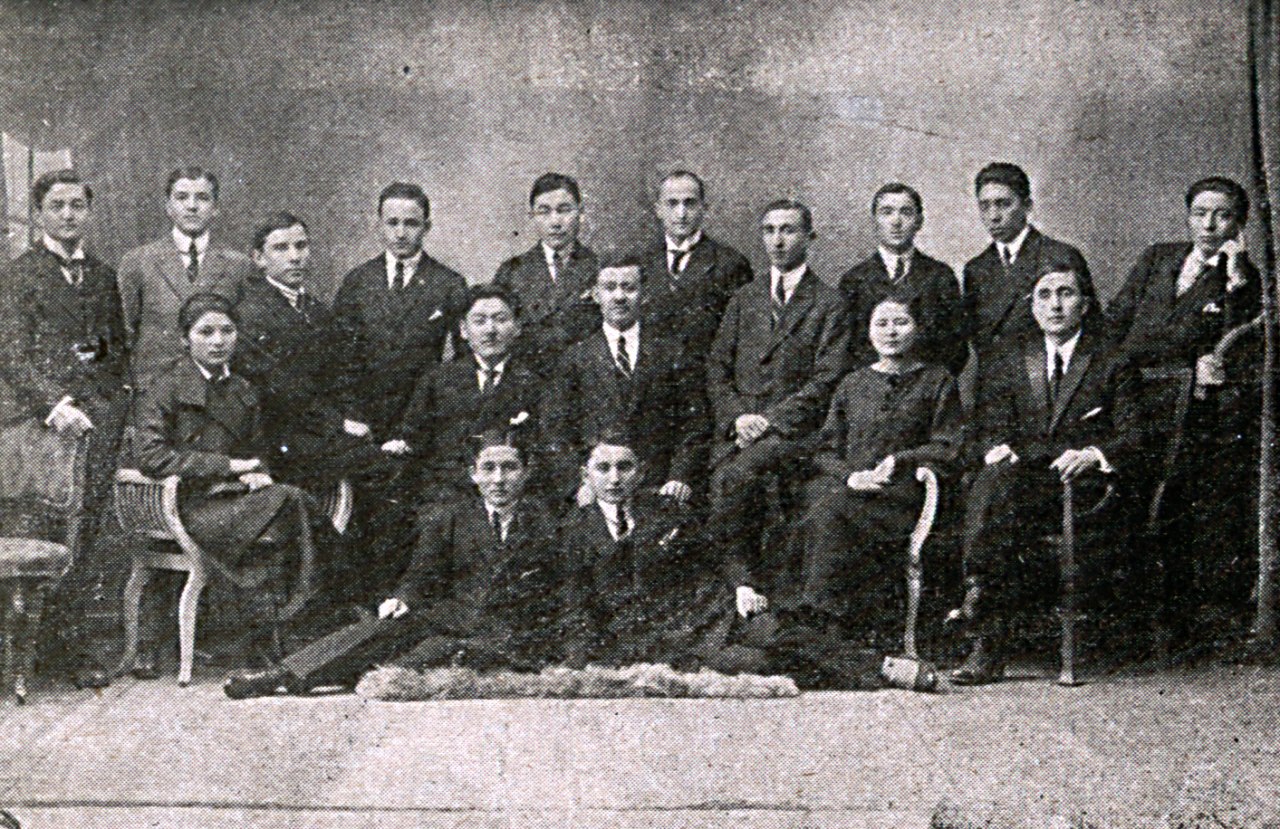
The main goal of the Jadids was to get rid of the illiteracy of the middle ages and to introduce world development models in Turkestan.
Experts divide the people who fought for the future of Turkestan into three groups:
The first group includes those who carried out armed action against the tsarist authorities, leaders of national liberation movements against the Soviets.
The second group includes those who follow the path of compromise. Ismail Gasprinsky, Mahmudhoja Behbudi demanded certain freedoms for Turkestan in exchange for setting their conditions in the situation.
The third group chose the way of cooperation. This group is widely criticized as having turned to the Bolsheviks. This group, which included Munavvarqori Abdurashidkhanov, Hamza, Abdulla Avloni, chose the way to cooperate with them, realizing that Turkestan was completely under the influence of the Bolsheviks, and calling the people without arms and power to fight was calamity.
Repression machine
- The Soviets tried to completely destroy the Jadid movement. The first attempts were made in 1923. Initially, the Republic of Bukhara was established on the basis of cooperation between the Soviets and the Jadids, but later the Soviets expelled intellectuals from Bukhara such as Fitrat and Otakhodjayev by interfering in the internal affairs of another country.
Abdullah Qodiri’s imprisonment and humiliation in 1926 was a continuation of the repression. In the same year, the case of “Kasimov’s conspiracy” was organized again in connection with the former chairman of the Supreme Court of the Republic, Sadulla Kasimov. Sadulla Kasimov’s identity has not yet been exonerated.
In the summer of 1929, the “NarKomPros case” was organized. It was said that education commissioner Botu Hasil ordered Vasil and Alavi to kill Obid Saidov, who was supposed to testify against Sadulla Kasimov. In fact, the Soviets themselves killed him, and because of this case, the big intellects in the educational system – Mannon Ramz, Botu, etc. – were subjected to repression. Botu was arrested on the street and imprisoned in Butirka prison. The constant torture drives him to the point of insanity. As a result of physical torture, he loses his health and eats only dry bread. In his letters to his home, one can read that he begged for money for a little bread.
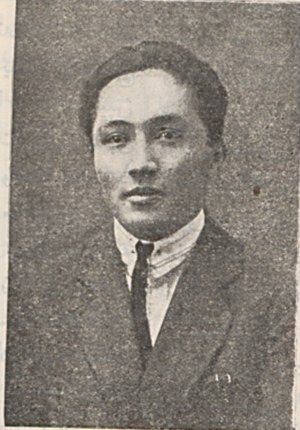
The application written to Moscow by Hasil Vasil, who was imprisoned for the same case, has been preserved. “What kind of inhumanity is it? They don’t even give bread to people in prison. The smelly, stale bread that is being served to us was picked up from a garbage dump. I have not been interrogated for 6 months. Tell me what’s wrong or shoot me now. I agree, I agree, I agree,” he wrote in his letter.
As the cells in the Butirka prison were overcrowded, iron bars were installed on corridors and cages were prepared. The well-known teacher Sobir Qodiri was also kept in such a cage, he was forced to constantly bend down due to the smallness of the cage. Qodiri’s clothes were dirty and his shoes were worn out because he was imprisoned in the summer. Even in knee-deep snow, they dragged him to the investigation.
On November 5, 1929, 18 people, including Munavvarqori Abdrashidkhanov, were imprisoned. This movement went down in history under the name “National Union Work”. A total of 84 prominent figures of Turkestan were smashed.
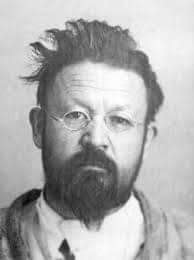
After being released from prison, Munavvarqori comes to Samarkand to work as a guard at the Guri Amir mausoleum. Even later, he sewed gloves and earned his living. This was what the Soviets did to teach others that they can put such great people in an inferior position.
The Soviets neither trusted intellectuals from Turkestan, nor cooperated with them. This can be seen from the fact that in 1919, before the occupation of Bukhara, a criminal case was opened against some leaders of the Bukhara people. The Soviets used them only as a tool.
Ominous October 4
- On March 28, 1938, under the leadership of Stalin, Molotov, Kagonovich, and Voroshilov, 165 people from the political elite of Uzbekistan were included in the list of repressions. On the basis of this list, the tragedies occurred on October 4-7.
155 people were sentenced to death, 10 people were sentenced to a labor camp. Khudoybergan Devonov, Chulpan, Fitrat, Otajon Hashim, Abdullah Qodiri, Ankoboy, Akbar Islamov, Isroil Ortikov were shot on October 4. On October 5, people who have already been shot were allegedly “prosecuted”.
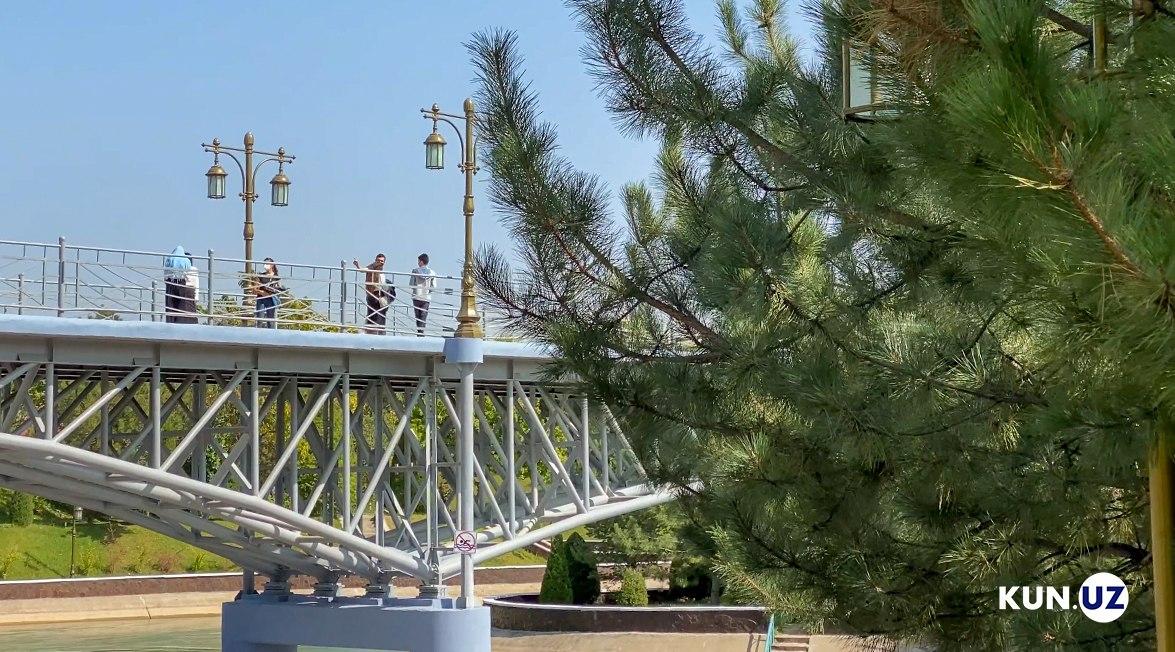
On October 4, so many people were shot that when it was Abdulhamid Chulpan’s turn, the bullets ran out, and even the shooters were tired. When Chulpan was told that he would be shot the next day, he insisted: “I don’t want to live in this world without these people, you will have to shoot me now”, so they beheaded him with an ax...
People buried without a shroud
One of the cars gets stuck on the road while the landscaping works were being carried out in the area of the memorial museum of the repression victims in the Yunusabad district, Tashkent city. Then the bones of hundreds of people were found in the excavated pit.
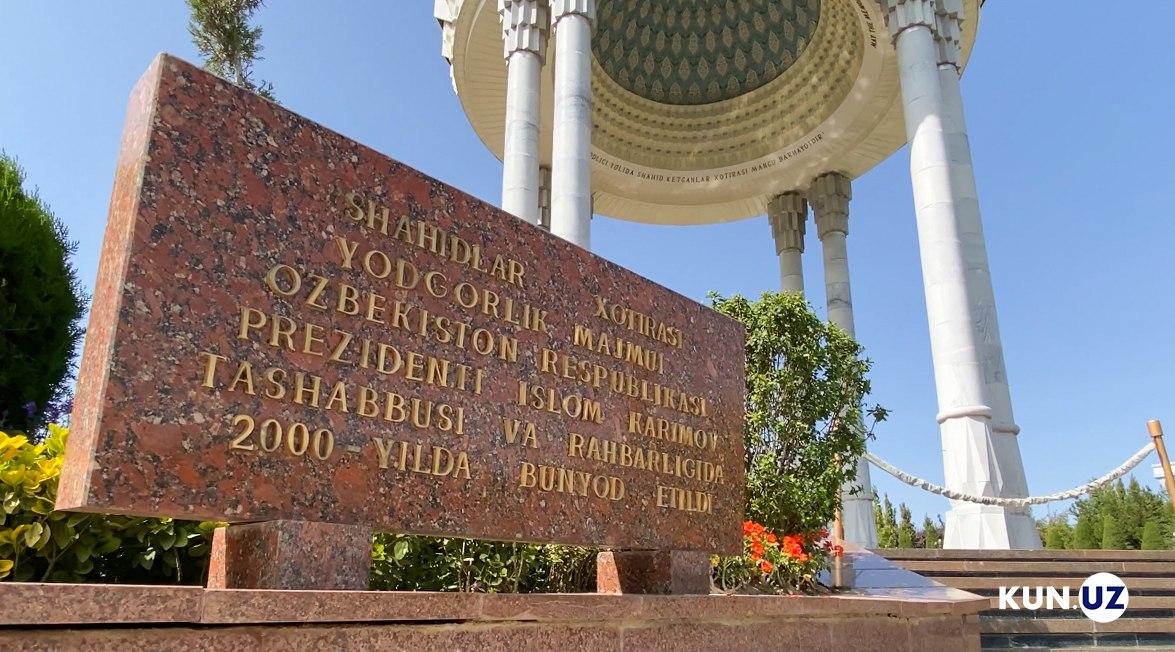
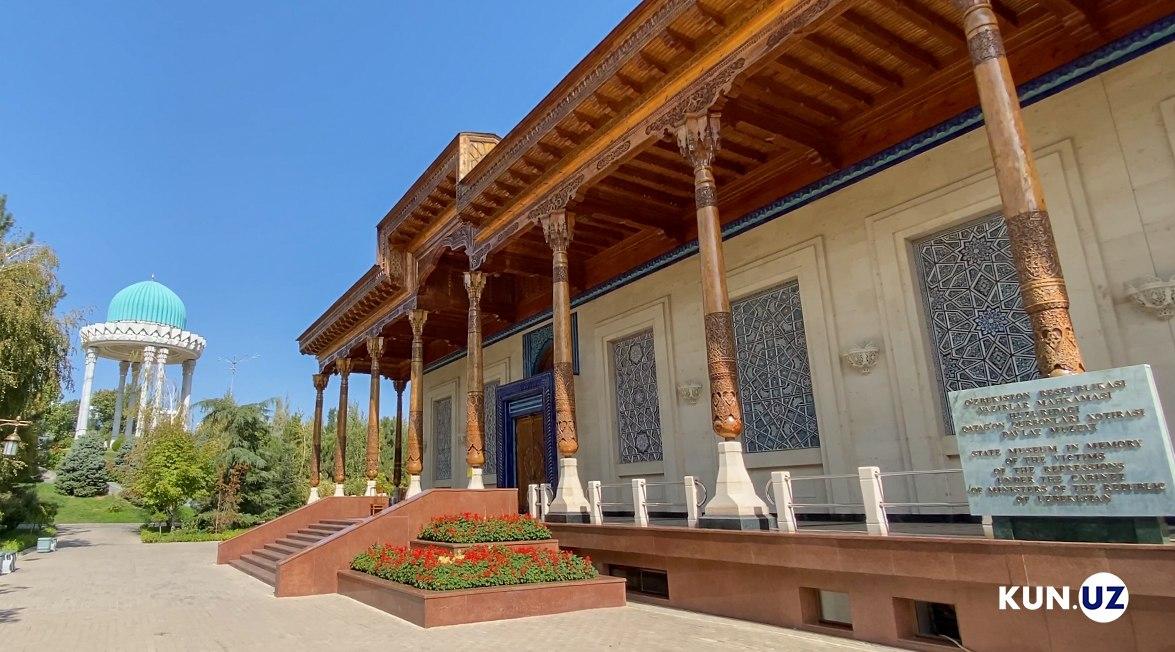
Hearing this news, the guard of the nearby Akil Ata cemetery said that the victims of the 1938 repression were buried here. They turned on the engine so that residents living in the vicinity would not hear the sound of gunshots, the prisoners were shot from evening to morning, and they were all buried in one pit. No funerals were held for them.
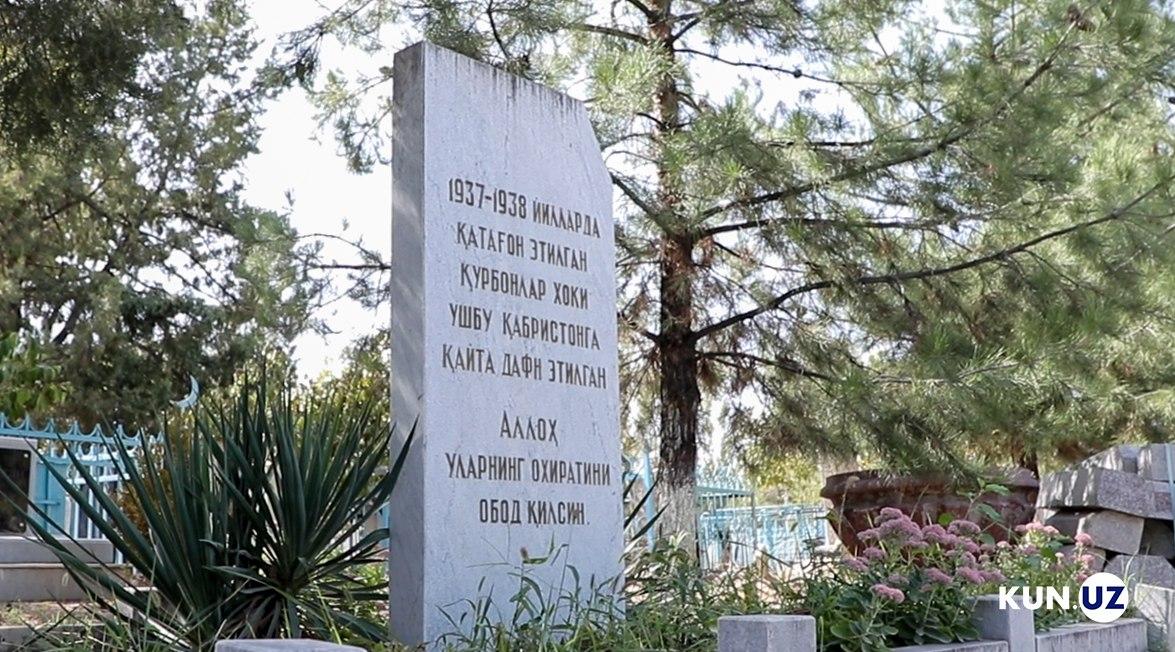
Later, the bones were transported to the Akil Ata cemetery and buried in one common grave.
“Black Crow”
- The intellectuals were first handcuffed at work. Later, those with guns were observed to commit suicide and were secretly taken out of the house at night.
Later, the detention began to be carried out secretly. A special observer drew a map of the house, and soldiers entered the house through this map. The soldiers, who arrived in the early hours of the night, conducted a search until dawn. Valuable items were sold in special stores.
The prisoners were transported in the “Cherniy voronok” (“Black Crow”) car specially made for the NKVD. Those who got into this car knew they would never come back alive...
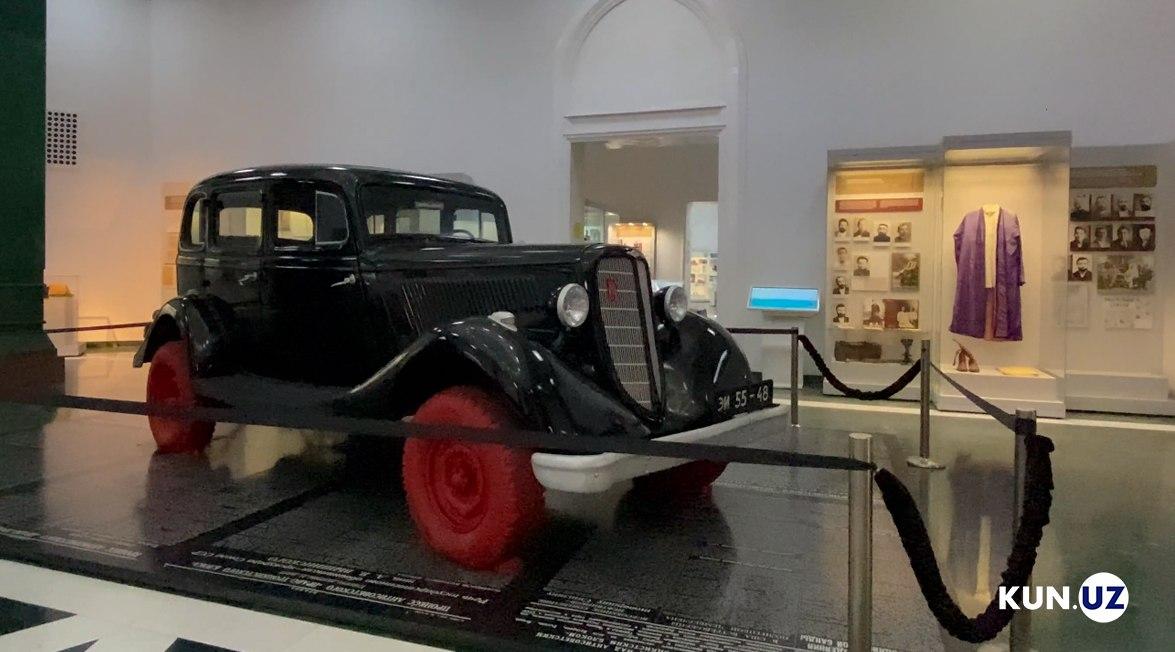
There were also those who survived the repression. But even after that, they did not believe in the country of the Soviets. They lived between life and death.
One of them was narrated by Fatih Sulayman’s daughter:
“We were happy when our father returned from prison. But we have never seen them happy. His teeth were badly broken. According to my mother, it was deliberately broken when he was tortured during the investigation. All the time, we heard him crying and talking to our mom. He used to call someone as “miyliq”. Later I found out that he was afraid to even mention Stalin’s name and called him “muylab” (moustache)...”
Related News
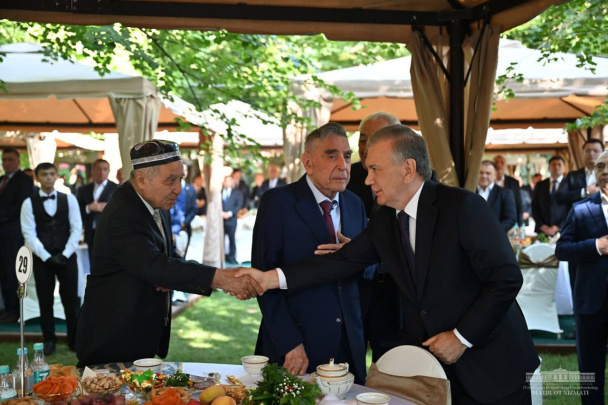
12:27 / 31.08.2024
President Mirziyoyev commemorates victims of repression at the Martyrs' Memorial Complex
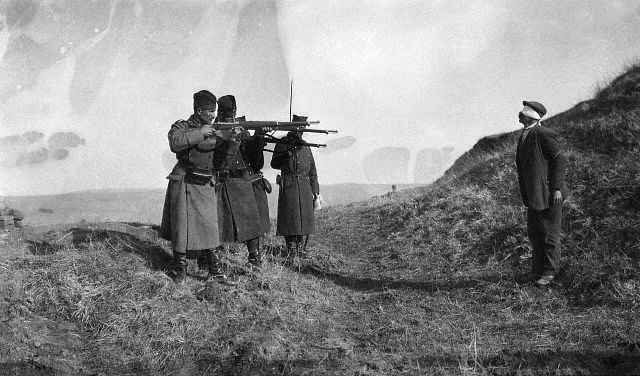
18:35 / 20.07.2024
Uzbekistan establishes annual Week of Remembrance for political repression victims
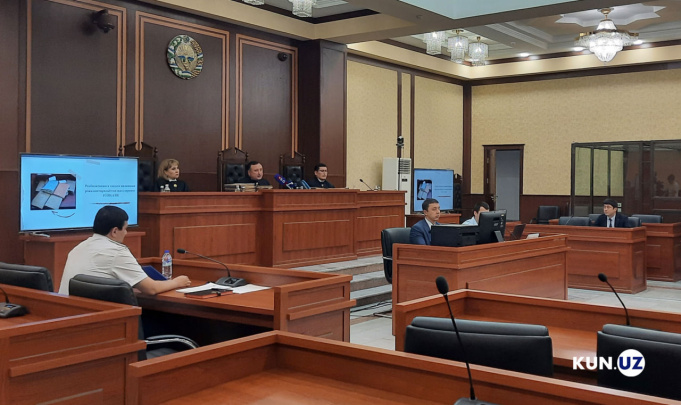
14:38 / 07.05.2024
Supreme Court rehabilitates another 198 political prisoners convicted during repression years
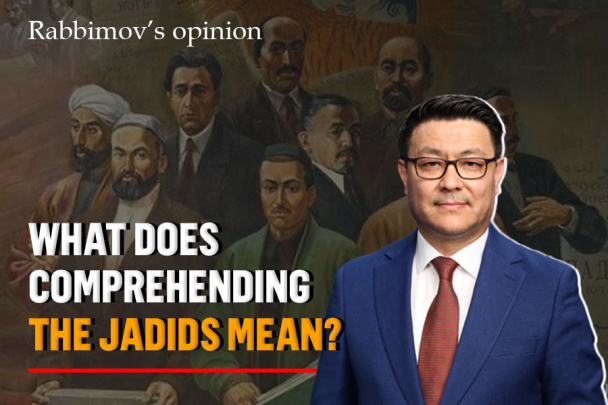
13:22 / 11.12.2023



